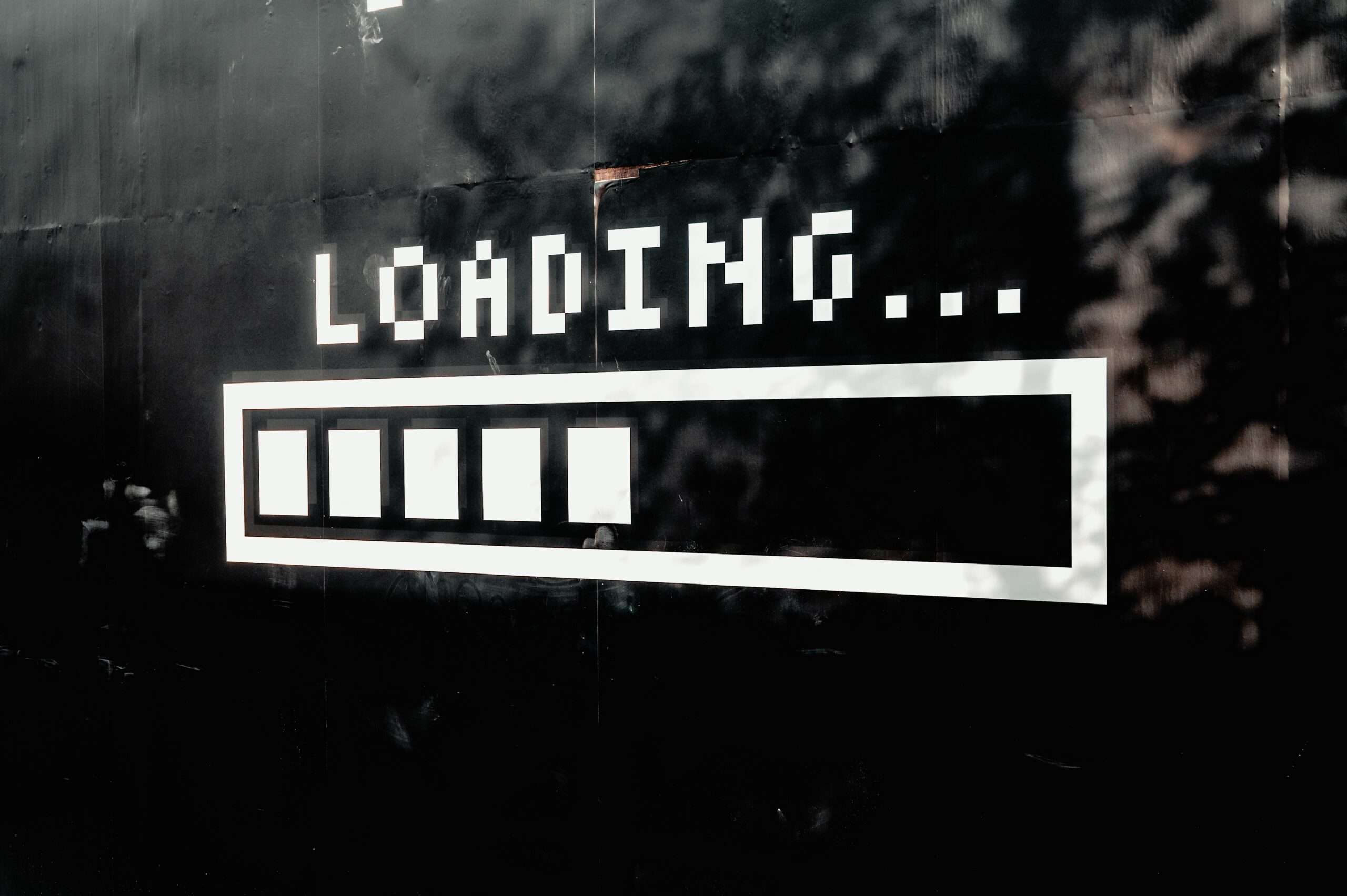We are mostly visual beings and as such, we love to see images, and/or graphical representations when we consume content. This is why bloggers and website owners try to add images to their images or graphics to their content.
Images are added for two main reasons, to make the page/blog post more appealing, and to help pass across the message. With these two main reasons, we can’t stop using images just because they are the major culprits of page size and apparently why websites take longer to load.
With images being a necessary evil on web pages, it is therefore important to find a way to ensure that they are optimized appropriately. Lazy Loading improves website performance significantly and we will explain what that means shortly.
What is Lazy Loading?
Simply put, Lazy loading is a technique that the webpage uses to render images such that they only get downloaded when they get into the viewport.
How Does Lazy Loading Work?
Lazy loading works by adding preload attributes to images. Attributes such as image size and strip help to load image versions often less than 0.04 kb during initial load and then scales up to the proper image size once the image reaches the viewport.
The images that load by default are called placeholder images and are replaced by the main images as soon as the user scrolls to where the image is positioned.
JavaScript is used to let the webpage know the image rules i.e. when to display the placeholder image and when to change to the main image because it’s in the viewport.
The IntersectionObserver property does the work of switching between the Placeholder image and the actual image.
How to Use Lazy Loading
If you are using a CMS like WordPress, Wix, Joomla, Drupal, and others, there’s almost a hundred percent certainty that you have an addon, or plugin that can help to automate Lazy Loading. It will be a lot of work to manually effect Lazy loading for images mostly because of the class property (it’s ok if you don’t get it) that will be used to implement this for every image uploaded to each webpage.
You can search through your Plugins/Addons library to select a good Lazy Loading script that will automate this for you.
Please make sure you check your page speed before and after implementing Lazy Load.
Feel free to thank us in the comments section for this information and don’t forget that we would love to have you buy any of our hosting plans. We are confident that we have top-notch performance and support that will impress you.




